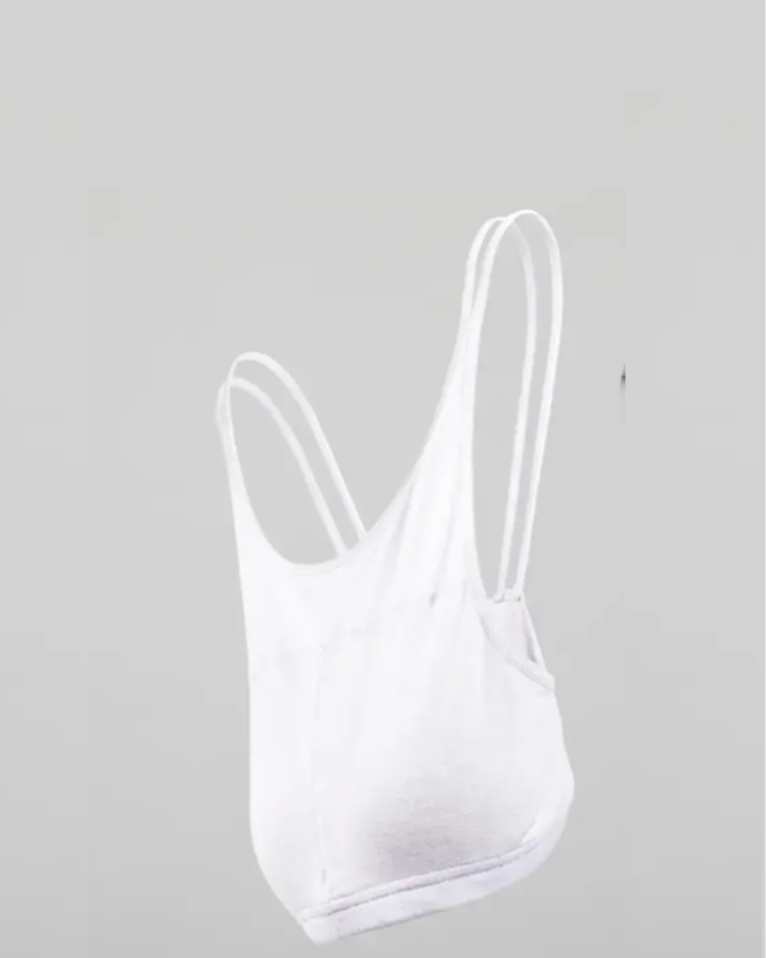Brewed Protein™ Fiber: A Game-Changer in Sustainable Textiles
What is Brewed Protein™ Fiber?
Brewed Protein™ fiber is a bio-designed, man-made protein fiber developed by Japanese biomaterials company Spiber Inc. It is produced using precision fermentation, a process that mimics how nature makes protein without the need for animals or petroleum-based synthetics. This innovative material is plant-based, biodegradable, and aligned with circular economy principles, making it a revolutionary entry into the textile market.
Think of it as spider silk meets sustainability, engineered for luxury, but rooted in science.
A Brief Timeline of Innovation
2004 – Research begins in a Japanese university lab with a focus on spider silk.
2007 – Spiber Inc. is officially founded.
2015 – A decisive breakthrough: Brewed Protein™ polymer is successfully produced via microbial fermentation.
2019 – The first commercial product, The North Face Moon Parka, is released to the market.
2022 – Spiber opens its first commercial manufacturing facility in Thailand, with a capacity of 500 tonnes per year.
2025 – Over 45 brands and 193 items now use Brewed Protein™ fibers.
It took more than a decade of intensive research and development, spanning genetic engineering, microbial fermentation, protein polymer design, and textile prototyping, before Brewed Protein™ fiber was ready for large-scale production, showcasing the scientific depth, technological rigor, and long-term vision behind this revolutionary material.
How Is It Made?
The creation of Brewed Protein™ fiber involves four major steps:
Learn: Natural proteins and genetic data are analyzed and stored in a vast database.
Design: DNA sequences are tailored to generate desired performance qualities.
Fermentation: Microorganisms are fed plant-based sugars (like Bonsucro-certified sugarcane) to produce the protein.
Process: Proteins are extracted, purified, and spun into various forms, including fibers, resins, and films.
Watch this episode of Green Japan to see how Brewed Protein™ fiber is brewed by microorganisms in Japan, blended with wool in Italian mills, and adopted by global luxury brands offering a path toward truly circular fashion and a future with less clothing waste.
What Makes Brewed Protein™ So Revolutionary?
Pros:
Biodegradable: 100% breakdown in seawater within six months (ISO 23977-1 standard).
Non-petroleum-based: Made from renewable, plant-derived biomass.
Low-impact:
79% less greenhouse gas emissions
82% lower eutrophication
99% less water and land use (vs. wool or cashmere)
Source: Spiber LCA Report, 2025
Animal-free luxury: Emulates the texture of cashmere, silk, wool, and even fur and leather, without animal exploitation.
Textile performance: Anti-odor, antibacterial, scalable textures ranging from soft spun yarns to fleece-like knits.
Cons:
Limited accessibility: Currently only available for purchase via Spiber or approved partners.
Cost: Like many bio-based innovations, Brewed Protein™ is more expensive than conventional materials—for now.
Early-stage scale: Despite commercial viability, it remains a niche product in terms of global textile volumes.
Applications in Fashion & Beyond
Brewed Protein™ fiber isn’t just an eco-friendly alternative; it’s a versatile, high-performance material that bridges sustainability and style. Its unique properties allow it to replicate the luxury of silk, cashmere, and wool, while opening up new possibilities for fashion and beyond. Current and potential applications include:
Outerwear (e.g., THE NORTH FACE jackets)
Knitwear, sweaters, fleece
Tailored suits
Underwear and intimates
Accessories
High fashion (used by Iris van Herpen, Yuima Nakazato, and ISSEY MIYAKE)
There’s also ongoing research and development for fur alternatives, leather-like materials, and even cosmetics and hair products, opening doors to sectors far beyond fashion.
Can It Scale to Mass Production?
Spiber is already producing at an industrial scale, with:
A fermentation plant in Thailand
Fiber spinning operations in Japan
Plans to scale beyond 1,000 tonnes/year and eventually transition to agricultural waste as feedstock
In terms of feedstock usage, Spiber's production consumes only 0.001% of global cereal output, making it highly efficient. By 2026, the company aims to use only non-edible, renewable inputs, a move that could make Brewed Protein™ a true model for climate-positive biomaterials.
To ensure that Brewed Protein™ fibers truly embody circularity from start to finish, Spiber is also co-leading the BioCircular Materials Alliance (BCMA). Through this initiative, they are working with industry partners to advance biocircular design principles, ensuring that the material’s end-of-life is as sustainable as its beginning.
The Bigger Picture: Why It Matters
With the fashion industry responsible for up to 10% of global greenhouse gas emissions (Global Fashion Agenda), the pressure is on to innovate responsibly. Brewed Protein™ stands out because it addresses multiple sustainability fronts:
Materials
Manufacturing
End-of-life
Biodiversity
Animal welfare
This fiber is not just an alternative; it’s a blueprint for regenerative design. Spiber demonstrates that innovation rooted in science and ethics can deliver luxury, functionality, and circularity in a single, seamless thread.
Where to Learn More
For readers who want to dive deeper, Spiber shares extensive resources at spiber.inc/en, including technical papers, sustainability reports, and detailed case studies. You can also explore the making of Brewed Protein™ in the short film Behind the Scenes of Brewed Protein™, or watch the July 2025 webinar Designing Circularity: BioCircular Materials Alliance to see how industry leaders are working together to scale biocircular design.
And if you would like to see Brewed Protein™ in action, the Spiber News hub highlights fashion collaborations and real-world products already on the market.
Final Thoughts
Fashion's future isn't synthetic. It is engineered by biology, guided by purpose, and wrapped in sustainability. Brewed Protein™ fiber is a tactile reminder that innovation can be both wearable and responsible. As the industry continues to navigate the path toward regenerative systems, materials like these are no longer optional; they are essential.










